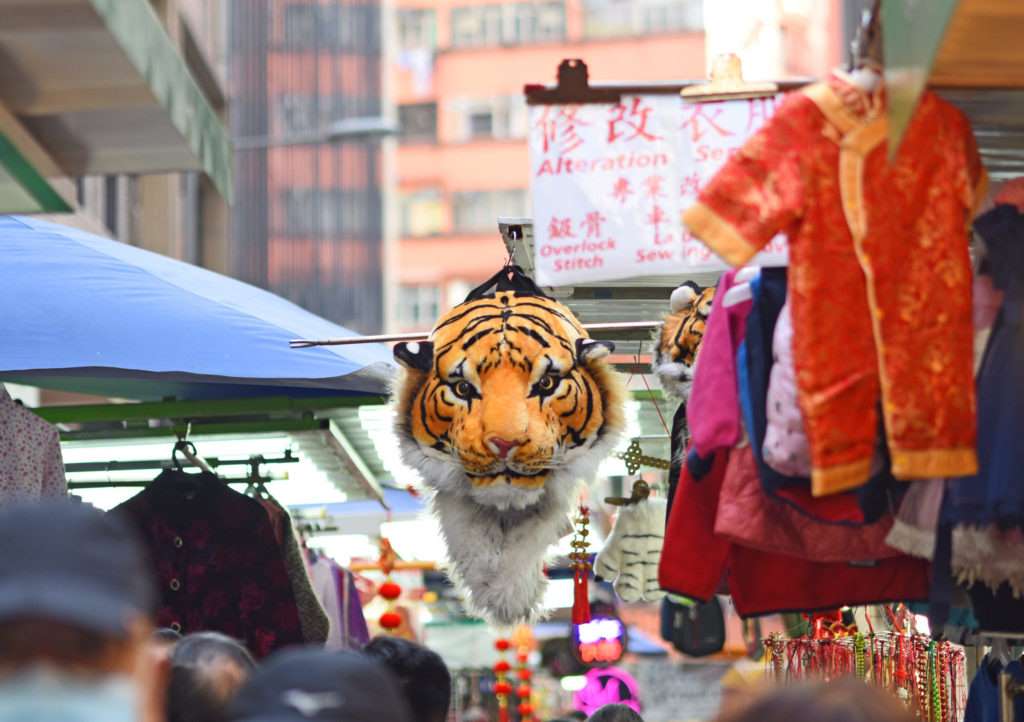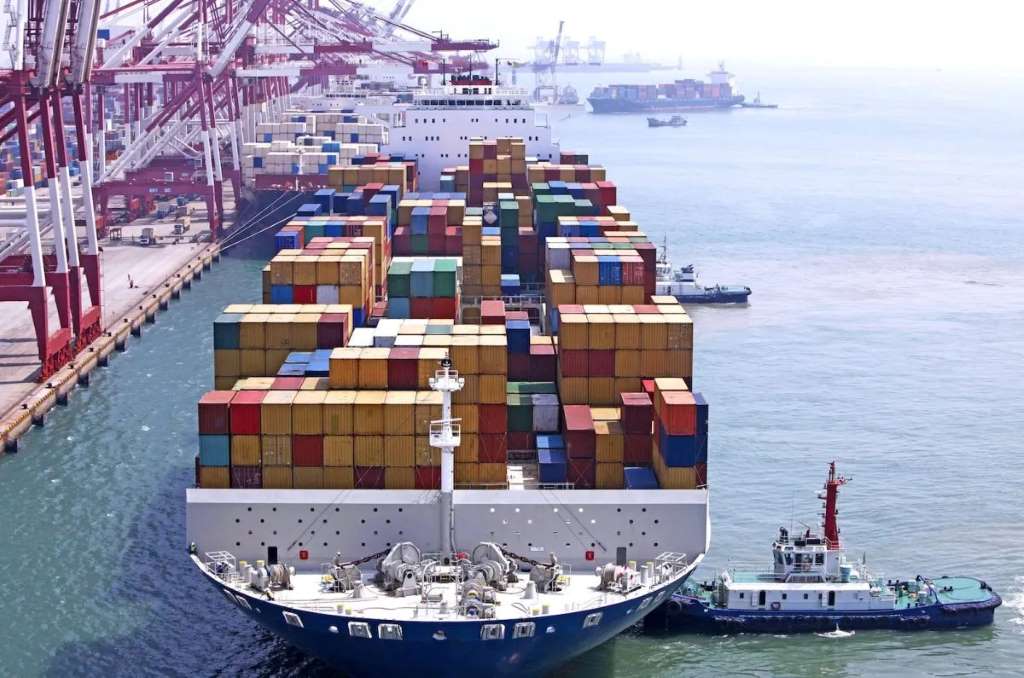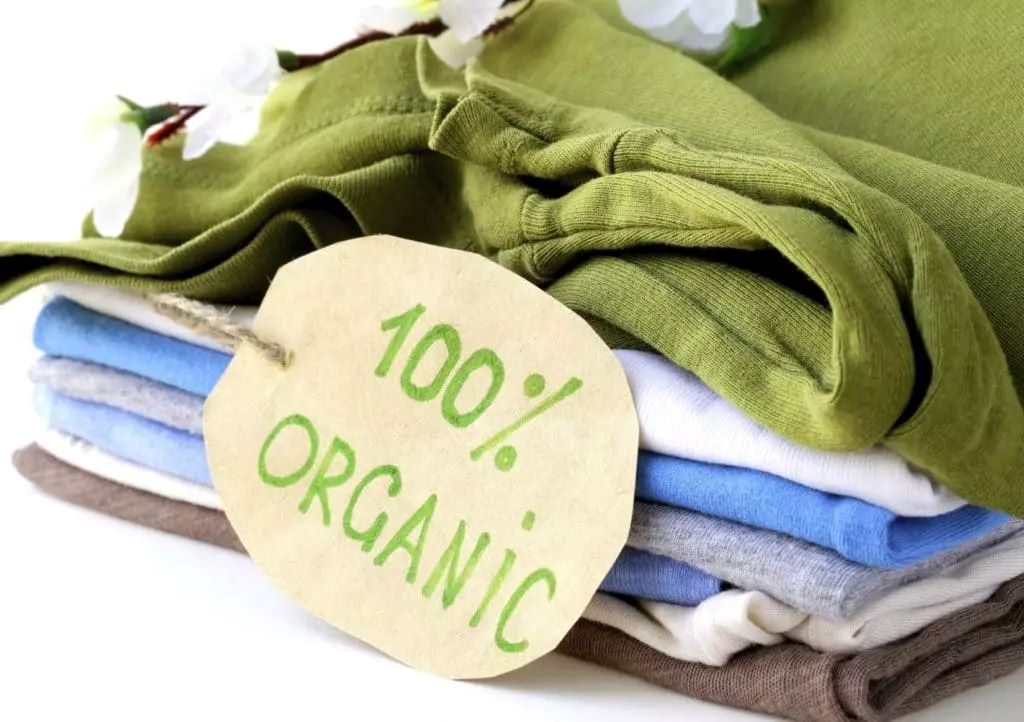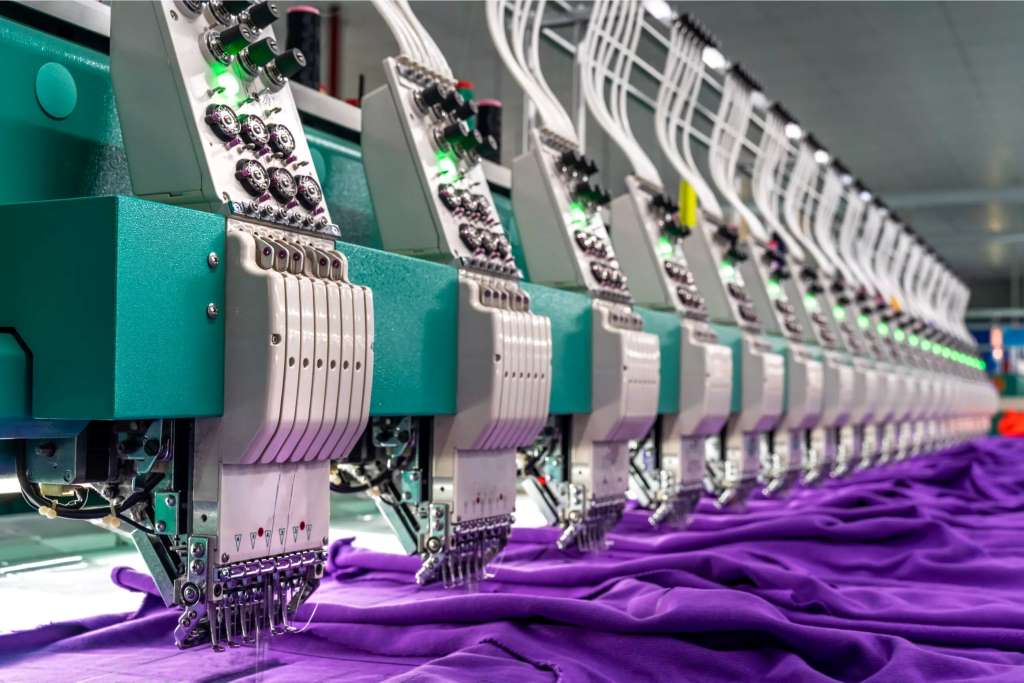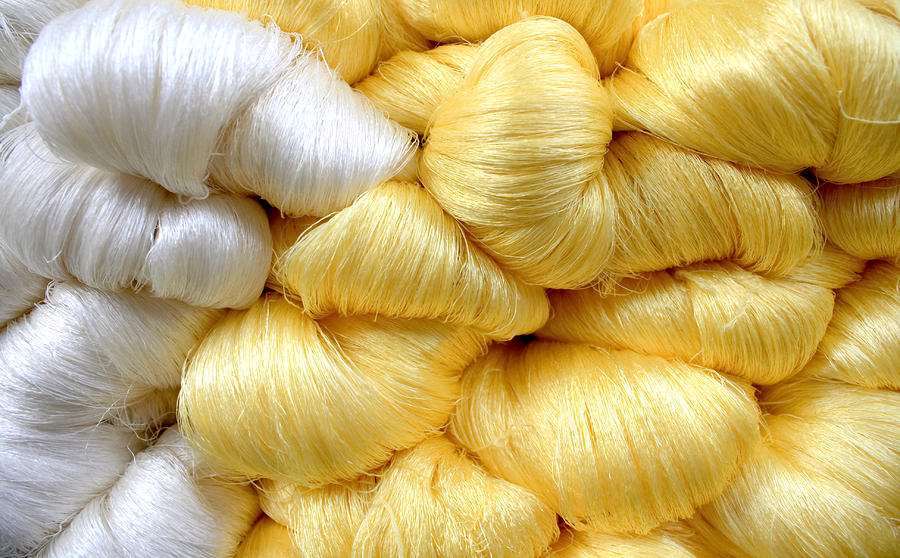"During a recent meeting with the Finance Minister Arun Jaitley, GST Sangharsh Samiti, the textile traders’ body, leading the strike that had shut down a four-km stretch of the country’s biggest cloth market on Surat’s Ring Road, asked for exemption from the Goods and Services Tax (GST) — or at least, an 18-month GST holiday. It seems they have been assured by the government that the matter would be taken up at the next meeting of the GST Council on August 5."

During a recent meeting with the Finance Minister Arun Jaitley, GST Sangharsh Samiti, the textile traders’ body, leading the strike that had shut down a four-km stretch of the country’s biggest cloth market on Surat’s Ring Road, asked for exemption from the Goods and Services Tax (GST) — or at least, an 18-month GST holiday. It seems they have been assured by the government that the matter would be taken up at the next meeting of the GST Council on August 5.

GST aims to bring every link in the chain of transactions on record, possibly raising the price of the cheapest saris and dress materials from Rs 70 to Rs 150-200, say experts. Ashok Jirawala, President, Federation of Gujarat Weavers’ Association, points out between 3.5 crore and 4 crore metres of cloth is woven in Surat every day on an average, and sold to other states and even foreign countries. While most saris are unbranded local products, Surat is also home to big brands like Rachna, Prafful, Parag and Garden Vareli./span>
The problem areas
Till date, the textile supply chain was exempted from indirect taxation. Ashish Gujarati, President, Pandesara Industrial Association, says pre-GST cost arithmetic was as follows: Yarn manufacturers, who paid 12.5 per cent VAT and 5 per cent excise duty, sold 1 kg of yarn to weavers for Rs118. A kg of yarn yields around 15 m of woven grey bale (about two retail saris). The textile trader purchases this bale for Rs16 per metre on average — or Rs 240 for 15 m of cloth. The mills that process (dye and print) the bale, charge Rs 12 per metre on average — so, for 15 m, the textile trader has to pay Rs 180 to the mill owner. Thus, the total cost of the finished cloth from 1 kg yarn is Rs 420 for the textile trader. The textile trader sells his material to wholesalers in other states and cities, keeping a profit margin of around 15 per cent on the cost price. The wholesaler sells it to the retailer, again keeping a margin of 15 per cent, and the retailer keeps a margin of between 10 per cent and 15 per cent while selling to the customer.
Post GST, there is 18 per cent GST in place of the combined VAT and excise on yarn. When the weaver sells the bale to a textile trader, the trader is liable to pay 5 per cent GST. As the textile trader sends the bale to a mill for dyeing and printing, he will pay processing charges with 5 per cent GST. After the cloth is dyed, printed and returned to the textile trader, he sells it to the wholesaler, again with 5 per cent GST. The wholesaler adds his profit margin and sells it to the retailer with 5 per cent GST.
GST gives weavers, mill owners and traders input credits at different levels. As per the pre-GST tax structure, a combined excise duty and VAT meant 18.16 per cent tax imposed on yarn manufacturers, which the weavers would pay during purchase of stock. Under GST, weavers stand to receive 12 per cent input credit, thus bringing back benefits. This benefit will be passed down the chain. The textile traders and processors also stand to benefit from input credit options as traders get an input credit of 5 per cent, and processors will receive input credit for chemicals and dyes, which form almost 30 per cent of the business, 5 per cent input credit for coal for powerlooms, and so on, explains Jitendra Vakharia, President, South Gujarat Weavers’ Association. Ultimately the chain of traders will also have to pass on the benefit to the consumers.
Tax experts perspective
Ahmedabad-based tax expert Monish Bhalla feels tax calculations after GST put a liability of only 0.5 per cent tax on the traders. So far, only manufacturers and service providers of the industry fell under the purview of taxes, which added up to 18 per cent pre-GST. In fact, with input credit system under GST, the chain of textile processors stand to gain at least 5 per cent input credit at various stages. But on traders who were out of the purview of excise and other taxes, GST will impose a liability. This protest is not against GST, but against getting accounted.
Traders acknowledge that most of their business was unaccounted for them to avoid income-tax. With GST, accounts will also lead to higher income-tax for traders with bigger turnovers. A trader who has been supplying saris to south Indian states for over two decades, said we have always showed only a part of the transaction in the books, and the rest of the trade has been trust-based. But with GST, the entire business has to be put on the books. It will be difficult to hide volumes, and we will be liable to pay higher income-tax on our turnovers. That’s what is worrying the industry and the strike is the outcome of that, which is hampering the livelihood of many workers.



